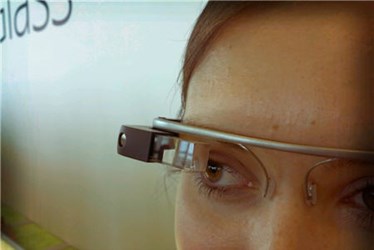How Wearables Can Help With Elder Care

By Christine Kern, contributing writer

The future of an untapped market for healthcare.
The elderly currently represent about 14.5 percent of the U.S. population, and by 2030 there will be about 74 million older individuals. As healthcare costs escalate and pressures are placed on healthcare institutions to provide adequate care, new solutions to managing senior health are imperative.
According to the report Older Americans 2016: Key Indicators of Well-Being, older adults are living longer and facing new economic, healthcare, and residential living challenges. Twenty-two percent have at least one limitation in vision, hearing, mobility, communication, cognition, or self-care, requiring attention.
One way seniors can benefit from better attention to their healthcare needs is through the use of wearable technology, already common among younger generations for tracking physical activity, diet, and other health-related issues. In fact, more than 20 percent of Americans are currently using wearables, with smart wear from brands like Ralph Lauren, Adidas, and others that help optimize workout routines.
Now, brands are looking to target older Americans for their smart products as well, as analysts project that medical applications will soon comprise the largest share in the smart textile industry, reaching $843 million by 2021. And for seniors, wearables could provide new options for managing their own health.
Chronic disease accounts for 86 percent of total U.S. health spending and has become a clear target for improvement by healthcare officials. And since more than 90 percent of all seniors suffer from at least one chronic condition, combining wearable technology with senior care holds promise for reducing healthcare costs and improving patient outcomes.
In the U.S. alone, $6.3 billion has been spent on glucose test strips for blood sugar level monitoring. Diabetes is just one of the chronic diseases the elderly frequently suffer from, and it's also a field in which wearables are slowly building respectability with projects such as a recent trial by the NHS paving the way.
Other smart tech that can help seniors manage their health include smart glasses for failing eyesight due to macular degeneration or trackers that monitor heartbeat 24/7 to detect abnormalities and anticipate potential problems. Other sensors could help monitor balance and dehydration issues that could lead to falls and injury to those who live alone. Schrock Innovations' Allen Band and UnaliWear's Kanega Watch both help to keep patients safe. The Allen Band is a wearable band for the wrist that detects falls and requires the user to press a button to signal that they are ok after a fall. If the signal does not come, an alert is sent to caregivers. It also measures heart rate, movement, and body temperature.
“The most important thing to remember is you are designing technology for people who need the benefits of a device but lack the skills in many cases to use modern tech,” explained creator Thor Schrock. “It is simply not possible to design a device that meets the expectations of a millennial while being operable by an octogenarian.”
Other wearable technology includes smartwatches to alert patients when it’s time to take their pills, wrist-worn devices to track blood pressure, and sensor-equipped “smart socks” that can warn diabetics when they are at risk for foot ulcers.
And in a futuristic development, Canada’s OMsignal has created a t-shirt that can keep track of wearers’ stress levels, and even send vital signs to family members and doctors using its thread-based health sensors will help prevent everything from heart failure to seizures.
